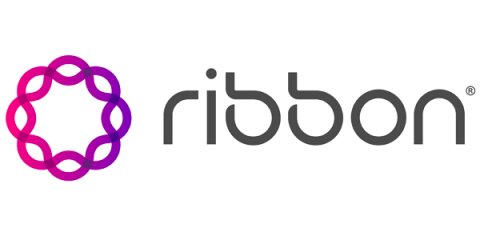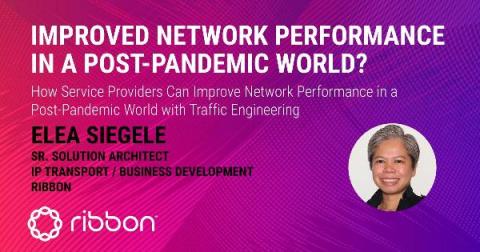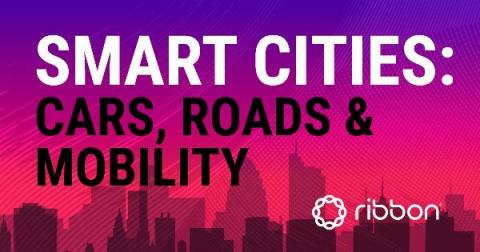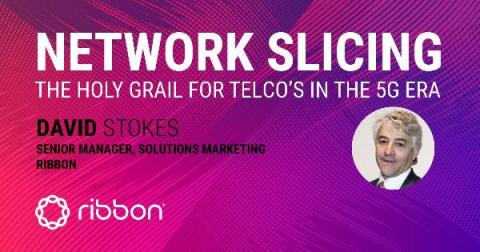Operations | Monitoring | ITSM | DevOps | Cloud
Latest Posts
Never Discount the Power of Convenience
Whenever I look broadly at my career in telecom, one area that always amuses me is the extent to which our collective business enjoys its peculiarities. Sort of like our own secret handshake society full of unique terms and abbreviations like AIN & ANI, DDI and CLID or CLECs and POTS. After all, the Bell System used to formally publish a list of abbreviations and acronyms. Maybe it is just in our DNA?
Ribbon Research Reveals More than 100% increase in Interest in Deploying Microsoft Teams by Small Businesses
Operators and Service Providers' Lucrative 5G First-Mover Opportunity
The next-generation of mobile connectivity is rapidly bringing supercharged mobile gaming, Internet of Things technology, and a smarter, better-connected world to consumers’ fingertips. As 5G rapidly evolves and brings new possibilities, it presents a wealth of opportunities for mobile network operators (MNOs) to differentiate their services with high performance applications; and for wireline operators to deliver differentiated backhaul transport services, but they need to act quickly.
How Service Providers Can Improve Network Performance in a Post-Pandemic World with Traffic Engineering
One thing that 2020 has clearly shown us is that communications services is a basic and fundamental driver of our global economy. During the COVID-19 pandemic, we realized that many tasks can be done at home, if access to communications services is sufficient. Many of us can work from home or other locations outside of the traditional office; students do not have to be physically present at school to participate in lectures; and we don’t need to go to movie theaters watch a new film release.
Verizon and Ribbon's Partnership Advances Industry Standards for STIR/SHAKEN
On October 1, 2020, the FCC invited comments from the telecommunications industry to ascertain progress on implementing Caller ID Authentication. Verizon’s reply underscored the extensive amount of time and effort its team(s) have put in, yielding substantial progress.
Continuous Fiber Optic Health Monitoring with Centralized OTDR
Fiber optic cables carrying massive amounts of information on pulsating beams of light are a critical part of the physical infrastructure supporting our digital society. By their nature, these cables are highly exposed, spanning huge distances in territories beyond the control of a network operator whether underground, under water or on aerial cables, and popping up in equipment huts.
Knowing When to Say Goodbye
By design and tradition, telecoms networks are built to last. But in a world where the rate of innovation seems to be accelerating, the end result is that a lot of legacy infrastructure needs to keep pace with, and accommodate, multiple ‘next generation’ phases. How long this can be maintained before the imperative to rip and replace becomes impossible to ignore is the multi-million-dollar question.
Smart Cities: Cars, Roads & Mobility
This is the third blog post in a series on “Smart Cities and Urban Environments” and the implications for networks & telecoms. About 55% of the world’s population lives in urban areas; for developed OECD countries the figure is about 80%. Urbanisation is good for economic and even environmental reasons, but brings challenges for transport, roads and personal mobility*.
Why Network Slicing is the Holy Grail for Telco's in the 5G Era
Legacy generations of networks have predominately provided services with best-effort delivery. While this has worked for voice, text and best- effort broadband services, end users are hampered with buffering, delays, and drops as the demand for feature-rich services continues to grow.










